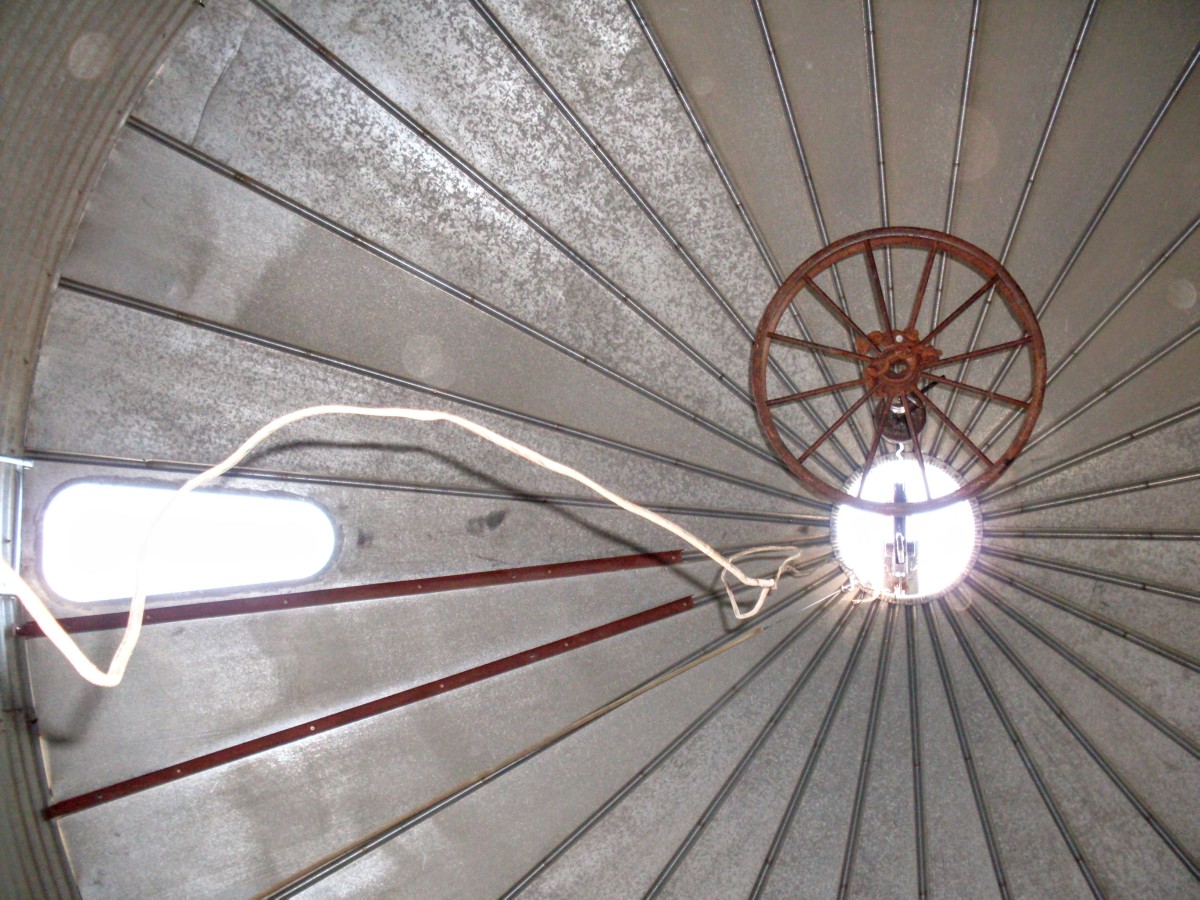Moving home timeline: Reduce stresses when moving home by creating a personalized moving plan

Moving home can be a stressful experience, particularly if you leave packing and organization until the last minute. If you're moving home in the near future, draw up a personal moving home timeline two or three months before the date of the big move. This way you'll ensure your home move goes smoothly and all associated tasks are sorted out prior to the date of removal.

2 or 3 months before moving home: create a floor plan of your new home
In the two or three months prior to your home move it's a great idea to look at all furnishings and decide exactly where they will fit in your new home. If you have a floor plan of the new property, you can draw up scale models of large furniture and fittings to check exactly how you will arrange them in the home. Doing this well in advance will give an idea of the layout for the new home and help you work out the types of problems you may face on your move date.
A removal day horror story I recall reading some years back was how the staircases and stairwells in some modern three-story houses in the UK were too narrow for furniture. People moving into their brand new and dream three-story properties were having to cut double beds in two, so they could fit up the stairs. Alternatively they were winching their bedroom furnishings on the outside and bringing them in through windows. Creating a floor plan of your new home with scale models of furnishings helps avoid horror stories like this. Removal day horror stories abound, whether they involve the removal company stealing all a family's belongings or moving trucks catching fire, with all belongings up in smoke and no insurance cover to pay for replacements!
Consider how you'll move furnishings into your new home

Home removal quiz
Have you had moving home nightmares or problems?
2 or 3 months before moving home: further tasks
In the lead up to your home removal it's a good idea to consider and action the following points:
- any kids in the family will need new schools. You'll need to research schools in the locality and perhaps take kids along for a visit, so you'll all be able to make an informed choice about the local school your children will attend. The kids' current school will also need to be advised so they can transfer education records
- medical problems or emergencies can happen any time, particularly if family members have a history of medical problems or there are elderly family members to consider. Look into the medical, dental and ophthalmology services close to your new home and decide which ones you will register with. If it's possible to register before your move, then you could action this just prior to your relocation.
You'll also need to take a critical look at your belongings, furnishings and sundry possessions and make decisions about items you plan to take along to the new home. If you haven't already decided on the furnishings you're taking, by following the suggestion above to make a floor plan, then you'll certainly need to make a list of all the larger items you plan to take. This will give you some idea of the size for the removal truck you'll need too.
At the same time you're looking at and itemizing your possessions, it's an easy task to begin sorting them into crates and boxes. Make a large empty space in your current home and begin to sort possessions into boxes for removal or disposal. Labeling boxes to indicate contents or give an idea of the room they'll be situated in the new home will make it far easier to unpack after the move. For example, if you're sorting out kitchen cupboards you could pack utensils and equipment into a box labeled "kitchen" and once you arrive in your new home you'll know exactly where to set down the box prior to unpacking. All possessions you intend to dispose of prior to your move will be itemized and stacked neatly in boxes a couple of months before your removal day. You could get rid of these in many ways, including:
- giving useful or valuable items to friends or family, or donating to charity outlets
- having a yard sale, or several yard sales
- selling goods on eBay or other internet marketplaces.
Some final aspects to action in the two month period prior to your removal are:
- ensure your home insurance covers removal, in case of accident or damage
- check with friends and family to see if any willing volunteers are able to help out on removal day
- if you're moving a long distance, you may wish to spend as much time as possible with friends and family prior to your move. Arrange as many social events and special occasions as possible over this 8 to 12 week period.
To Do
- arrange to cut utilities at your old home and instal them in the new property
- book the removal truck, if necessary
- keep sorting and disposing of belongings through this time period
- think about how to handle giving notice at work, if you need to quit your job
- send invites if you plan to throw a leaving party
6 weeks before moving home: Actions
About six weeks before your removal date you should have progressed well with sorting and packing possessions. Continue giving, donating or selling any belongings you don't plan to take along with you. The last thing you want to be worrying about in the couple of days prior to your move is what to do with unwanted possessions.
If you will be quitting your job, you need to compose a letter handing in notice. Your employer will probably need at least four weeks' notice of intention to quit work, so you should start to think about this now.
If you plan to use removal companies, you need to get quotes so you can decide on the service you will be using. Removal company prices are based on volume of possessions to be transported, so your costs will be significantly less if your belongings are packed tidily into boxes and crates and you dispose of all inessential items.
Notify all utility providers to your old home of the date you will be moving, so services can be cut on the removal day, giving them your new address so they can send out final accounts. Find the best utility suppliers in your new locality and register with them, so all utilities can be up and running on the day you move into the home.
If you plan to throw a leaving party before your move, send out invites and organize food and drinks at this point.
Start to clear all day-to-day items from your cupboards. Keep products, foods and utensils you will be using up to the move day in plain view and pack inessentials into boxes ready for removal. Cut crockery, cutlery, glassware, etc down to a bare minimum for daily use now and pack the remainder away. This will really help out in the days prior to the removal. If you are throwing a party, use disposable plates and cups as this will be far easier.
Check these home move tips!
4 weeks prior to moving home
It's important at this stage that you have a definite moving date. If you're moving to a new build property, waiting for details on when the seller or tenant of your new home plans to move out, etc, then this is the stage to start agitating for firm dates so you can make definitive arrangements with removal companies and for the disconnection and connection of utilities.
If you plan to have carpets or flooring fitted in the new home prior to your arrival, you need to sort this out now. You may also want to consider professional cleaning of the home prior to your move.
Dealing with kids or pets on removal days can be stressful. If you can, try to arrange for child sitting or petcare from friends or family while all the hard work of removals goes on at the old home. Once you have a firm removals date, you can make these arrangements.
If you still have possessions and clothing to sort and pack, you should get on with this. Inessential clothes and personal possessions can be sealed into boxes and labeled up. Stack all your cartons in a cleared space in the old home, as close to the access point as possible. This way your removals team can move them easily on the removal date and you won't have to keep picking up and moving cartons and packing cases around your old home.
Arrange printing of change of address cards, if you plan to send them.
If you have large stocks of frozen food in the freezer, begin to use this up instead of continually buying fresh foods. If you're traveling long distances on removal date you won't be able to keep foods frozen and using them prior to the move date reduces the amount of space taken in the removals truck.
Check the loft or attic in your old home to ensure you've cleared out all your possessions.
Contact your kids' new school to get detail of any uniform requirement. If your child is attending school on the day following your removal, they will want to wear the correct uniform.
Find out about social clubs and groups in the new locality so you can arrange for children or other family members to join up as soon as possible after your move date.
If you're traveling long distances on removal day you may need to book overnight hotel accommodation. Get this actioned now, many hotels offer discount rates when accommodation is booked a few weeks in advance.
Make sure your car is in top condition for the journey to the new home. The last thing you need on this stressful day is for it to break down.

2 weeks before moving home
By now you should have organized all the major facets of your move and it's just a case of keeping on top of final packing and disposing of junk and possessions you won't be taking along with you.
If any family members take medications on a regular basis, make sure there are adequate supplies to carry over into the first few days in your new home. If you're going to change the locks at your new home once you've moved in, arrange for a local locksmith to meet you at the property on the move date to carry out this work.
Cancel any of the local deliveries or services you may be receiving in your old home:
- newspapers
- gardening services
- milk deliveries
- cleaners
Arrange any workmen or services needed to carry out jobs in your current home:
- cleaning
- handymen to remove lightfittings, dismantle HiFi or any other technical jobs
1 week before moving home
Get on with all last-minute packing and removal day tasks such as:
- pack all important documents such as passports, birth certificates, property deeds, financial and shares certificates into one box
- set up a folder with all documents relative to the house move, for easy access on removal date
- prepare detailed itinerary and location details for removals truck driver
- pay any outstanding accounts and bills in neighborhood
- ensure pets will be comfortable on removal day with any travel medications or sedatives to keep them calm and comfortable on this stressful occasion
- set up postal redirection for mail
- defrost refrigerator and freezer, so they're clean and dry for occupants of your new home.
Day before move
You should be set for removal day now, but have you prepared a moving day survival kit? Think about all the items you're likely to need on move day. You know you won't have time to sort through all your cartons and boxes when you arrive in the new home so pack your final box with all the essentials you'll need on that first day:
- bedding to ensure a good night's sleep after such a tiring event
- towels and toiletries
- change of clothing for all family members
- kettle, tea, coffee, milk, sugar
- food or sandwiches, soft drinks, snacks, paper plates and plastic utensils
- bottled water, just in case the water supply at the new home has not been turned on
- toilet paper
- first aid kit
- basic toolkit to begin any small jobs needing doing immediately.
Moving Day!

Moving Day Tasks
Before leaving your old home check meter readings and keep this record in the box of important documents in case you need it for reference at a later date.
When the removals team arrive, keep a watchful eye on what and how your possessions are being stowed in the truck and inspect your home afterwards to make sure all furnishings and goods have been packed. Make sure the removals team has full address details of your new home and your emergency phone number in case they need to contact you.
Turn off utility supplies to the home, prior to finally leaving.
Ideally, you need to arrive at the new home before the removals team so you can ensure your furnishings and packing cases, boxes and cartons are offloaded into the correct area of the home.
If you've arranged a locksmith to change locks in the property, make sure you're provided with plenty of sets of spare keys and they all work properly.
Unpack your emergency survival kit and get on with the task of sorting out all your possessions and belongings in a manner suited to yourself.
Happy Moving Day!








